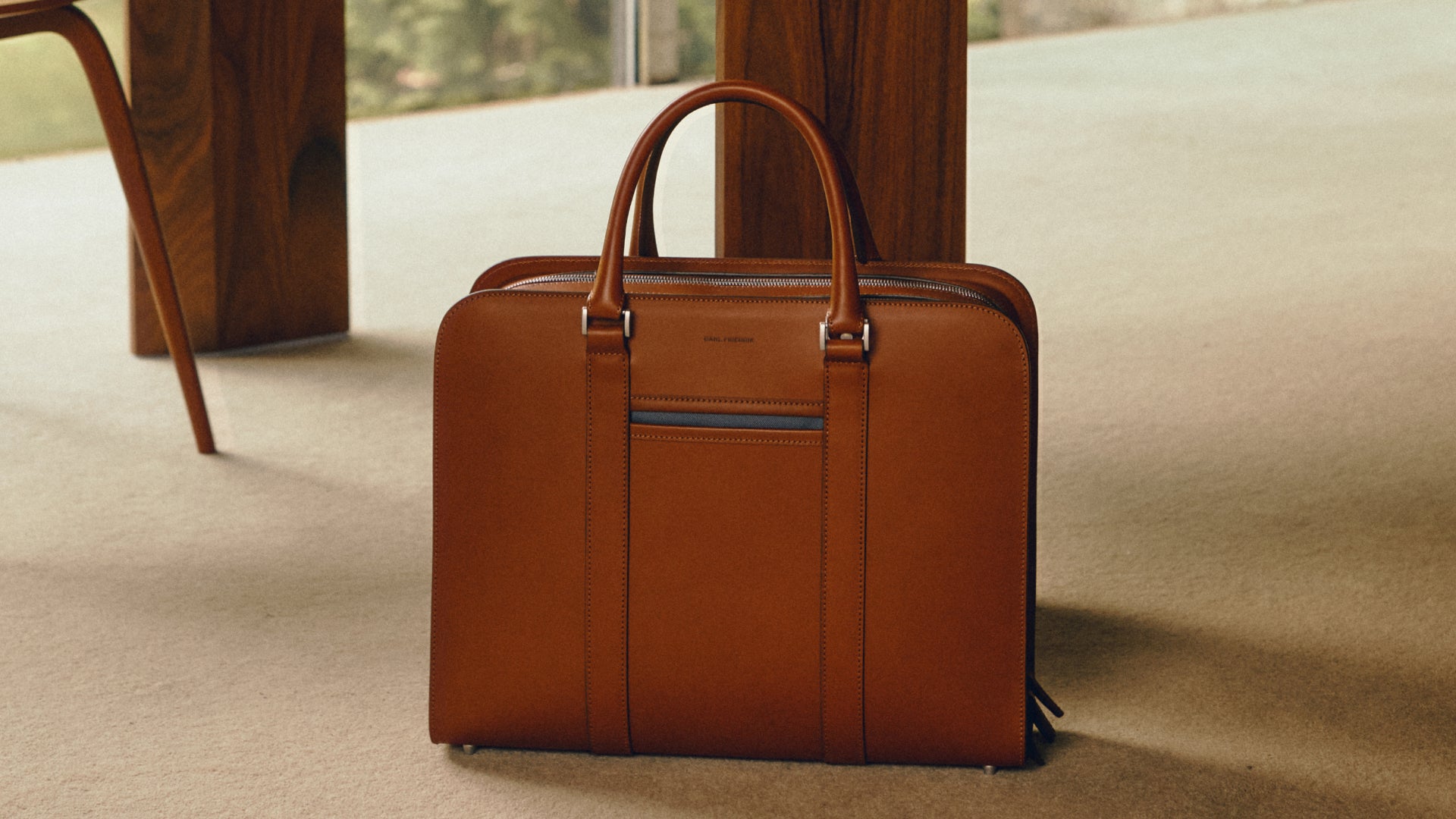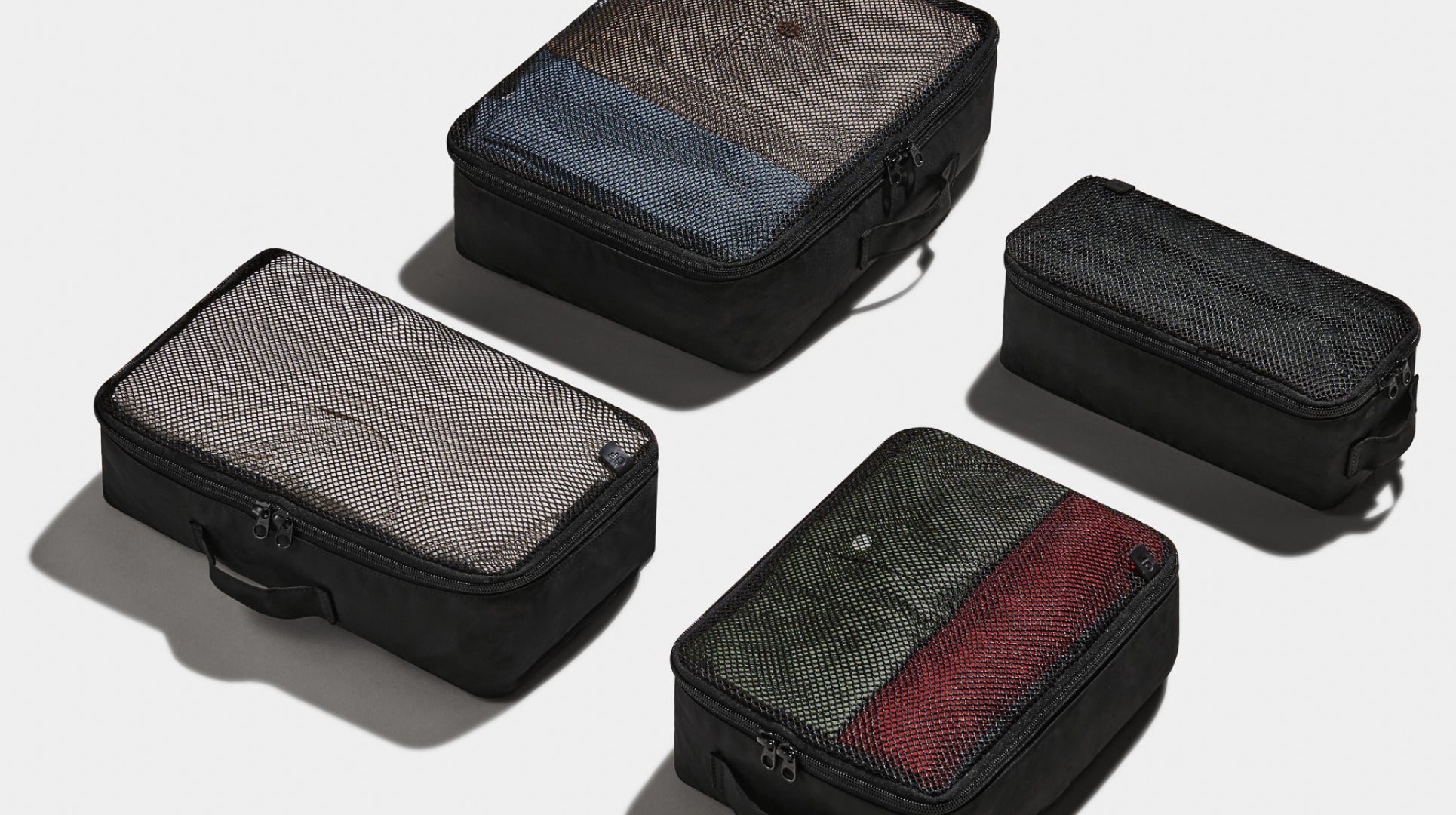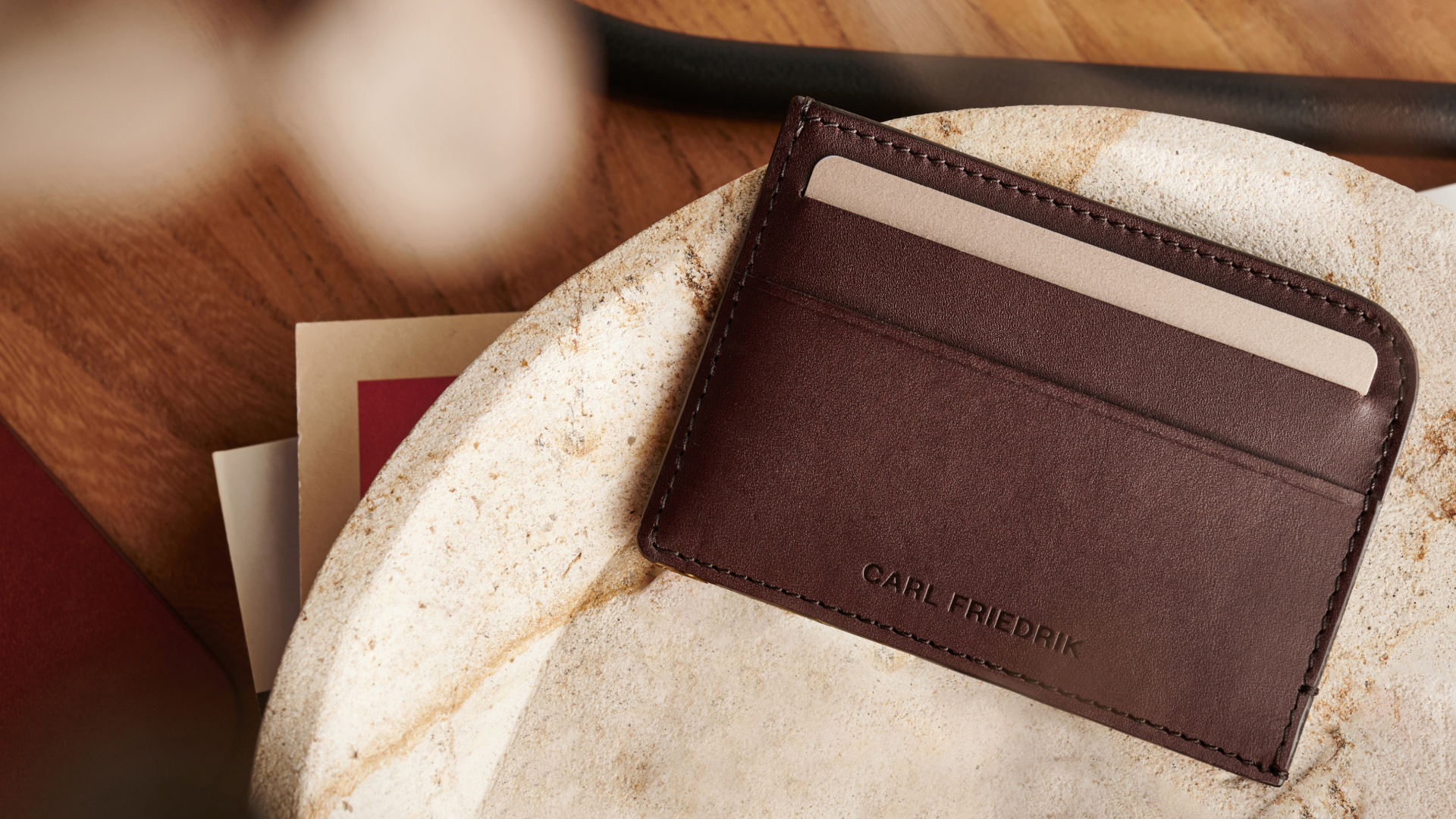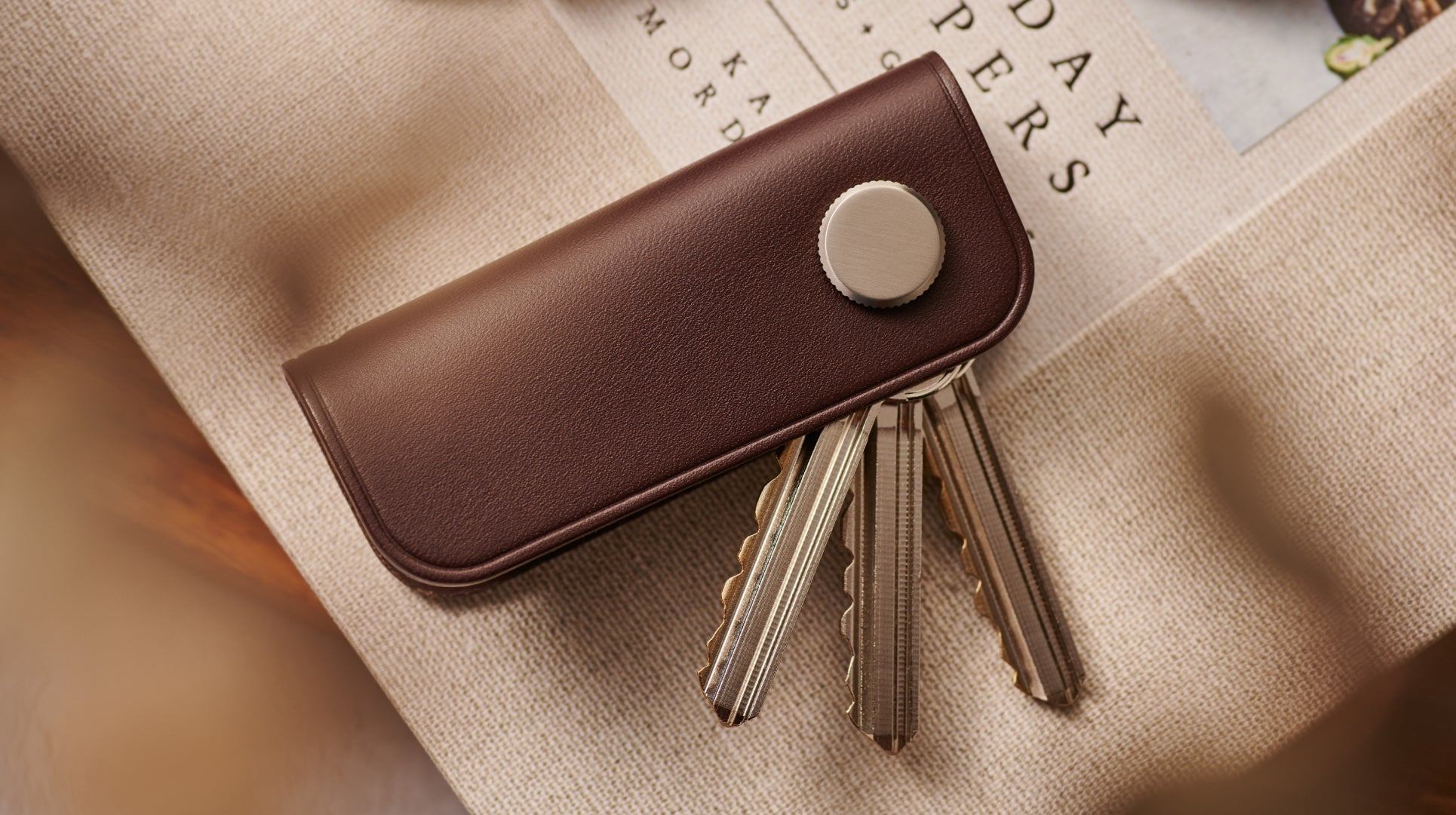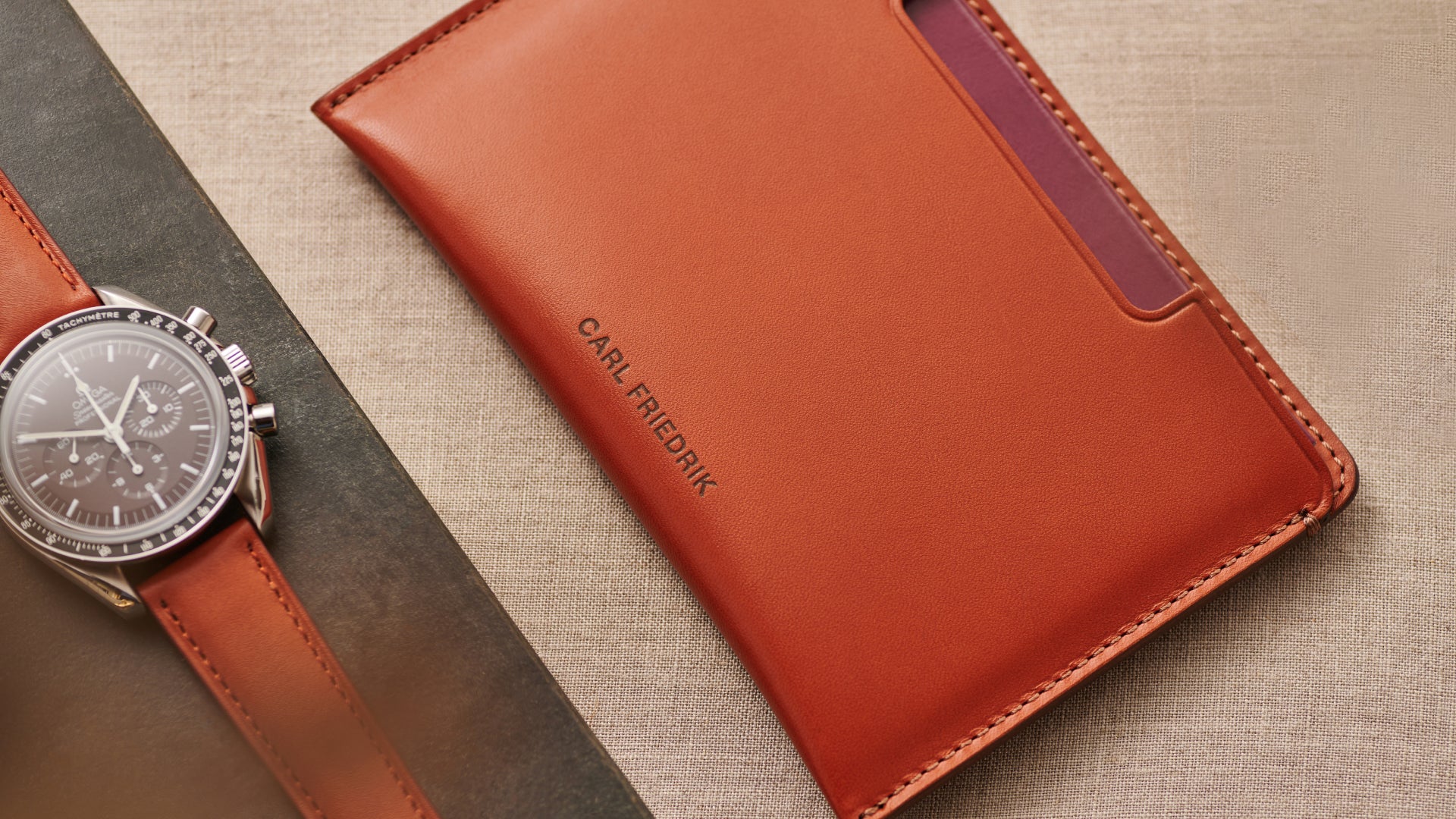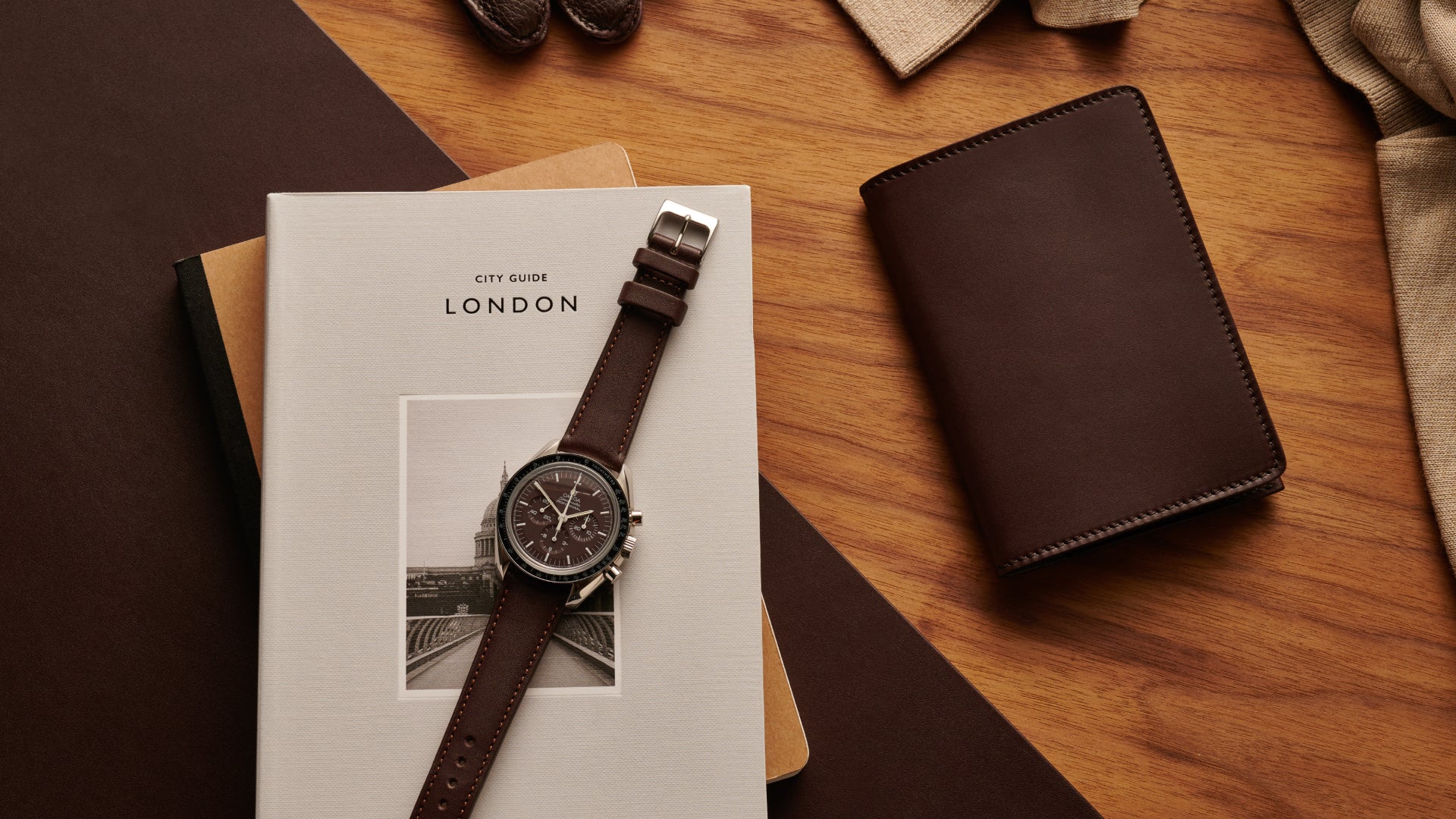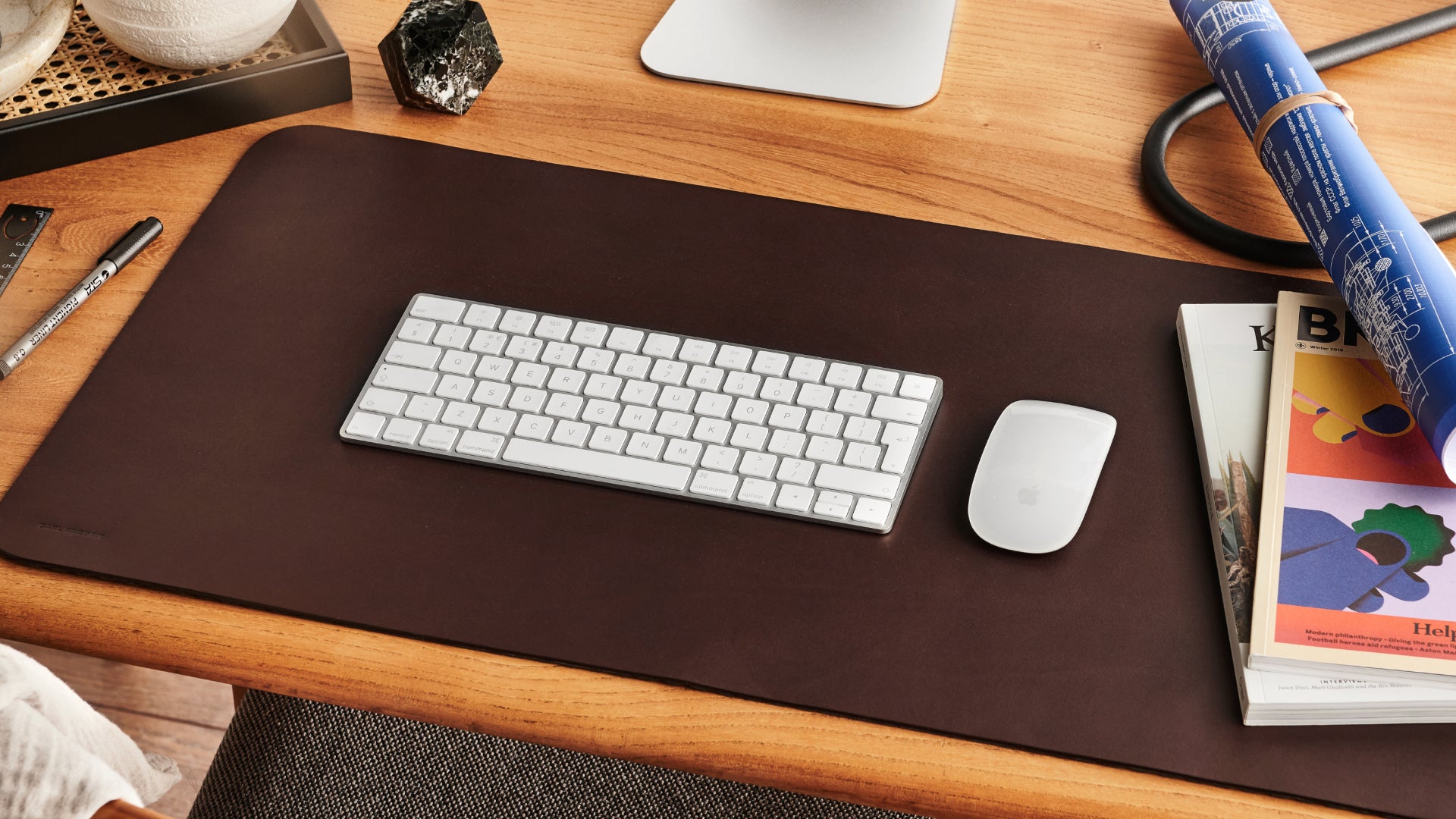The material has roots in the pre-historic period and is instrumental in the production of everything from modern-day footwear to furniture.
But what is leather made of? Put plainly, real leather is created from animal hides. These are typically sourced as by-products of the global meat and dairy industry.
There’s also the question of vegan leather, which is, well, unsurprisingly not manufactured from animal hides.
Let’s dive a little deeper into the topic.
What is leather made of?
If there was any doubt before, you now know that animal hides are used to create leather. The hides are transformed into leather after undergoing a series of carefully orchestrated chemical reactions, collectively known as tanning (more on this later).
So does leather just come from cows? Well, the vast majority of leather products are made from bovine animals (predominantly cattle, but also buffalos, bison and antelopes). In fact, studies have shown that up to 65% of leather worldwide comes from cows, while a further 15% and 11% derive from sheep and pigs respectively (United Nations Industrial Development Organization). This is because said livestock are integral to the global meat industry, hence there is a high volume of hides that can be converted into useful, economically important materials.
A minority of leather — less than 1% according to UNIDO — comes from exotic animals, such as snakes, alligators and ostrich.
Table highlighting the % of leather made from different kinds of animals
| Rank | Animal | % of leather output |
| 1 | Bovine | 65% |
| 2 | Sheep/Lamb | 15% |
| 3 | Pig | 11% |
| 4 | Goat/Kid | 8% |
| 5 | Other | 1% |
The type of animal has a major impact on the eventual physical characteristics and purpose of the leather. Goatskin is celebrated for its pliability and softness, meaning it’s a fitting choice for a pair of luxurious gloves. While cowhide leather’s value lies in its thickness and inherent durability — so it’s better suited to manufacturing long-lasting shoes, for example.

Vegan leather
Vegan leather is a different story altogether. The most common method for producing it involves coating (or sometimes fusing) a piece of fabric backing with either polyvinyl chloride (PVC) or polyurethane (PU), two common synthetic plastics. It goes without saying that no animals products are incorporated into the process.
The other technique draws on organic matter to create materials that are leather-like in appearance and characteristic. This area of science has evolved rapidly in recent years. Whether it’s bark from the native Iberian cork tree, the sun-dried fibres of Mexican cactus plants or even apple waste, evermore organic substances are being exploited in the pursuit of viable vegan leather alternatives.
Where is leather made?
The value of the leather industry is forecasted to reach $650 billion by 2025. It’s a hugely lucrative business and China certainly holds sway. The country is responsible for approximately 25% of global production (UN). Strong domestic supply chains are part of the reason why China can claim near dominance over the manufacturing of leather goods, too (70-80% worldwide).
Up next is Brazil, the second-largest leather producing nation (10% global output). It has the world’s largest commercial cattle herd, so the vast majority of leather made in Brazil is bovine. Russia, India and Italy make up the top five, overseeing around 6-7% of worldwide production each.
Table highlighting the largest leather producing nations
| Rank | Country | Production (mil. of square feet) | % of total output |
| 1 | China | 6,000 | 25% |
| 2 | Brazil | 2,300 | 10% |
| 3 | Russia | 1,700 | 7% |
| 4 | India | 1,500 | 6% |
| 5 | Italy | 1,500 | 6% |
Buoyed by the rise of the international middle class, leather is a commodity in ever-increasing demand. While more and more tanneries are opening in developing nations, a large proportion has closed down in Europe and the US. With the availability of raw material supplies, cheaper labour and lax environmental regulations, developing countries are able to step into the vacuum left by Western producers. Their greatest challenges revolve around environmental matters and maintaining ethical working standards.
How is leather made?
As previously mentioned, tanning is the name for the process that turns raw animal hide into leather. The chemicals integral to the undertaking are referred to as ‘tanning agents’. Without getting too technical, their job is to bind to the protein collagen within the skin and stabilise the entire structure. This prevents the hide from rotting and also makes it far less susceptible to water. The resultant leather is strong and extremely long-lasting. For an in-depth guide to tanneries and the tanning process, click here.

Carl Friedrik leather
Premium Vachetta leather is really at the heart of the Carl Friedrik collection, from our elegant bags to functional wallets. We source it from a distinguished tannery, located in the historic Italian leather region of Tuscany.
Vachetta leather is produced using the millennia-old technique of vegetable tanning. This is a method passed down through generations of Italian tanners. It requires great physical effort and time — in contrast with modern, highly-mechanised processes — but the result speaks for itself. And because the tanning agents employed are organic and plant-derived, the process is natural and causes fewer environmental concerns.
In terms of characteristics, Vachetta is reputed for displaying rich, deep hues and evolving a pronounced patina as it ages. We favour it because it is extremely durable — which is part of the reason why we can offer a lifetime guarantee on the entire collection.

Takeaway
So, now you know what leather is made of, can reel off the top leather producing nations and shed a little light on the chemical process integral to leather tanning.
If this article has piqued your interest, be sure to check out our other leather-themed articles. We’ve covered everything from Saffiano leather to leather oils and the mysterious process of patina.
